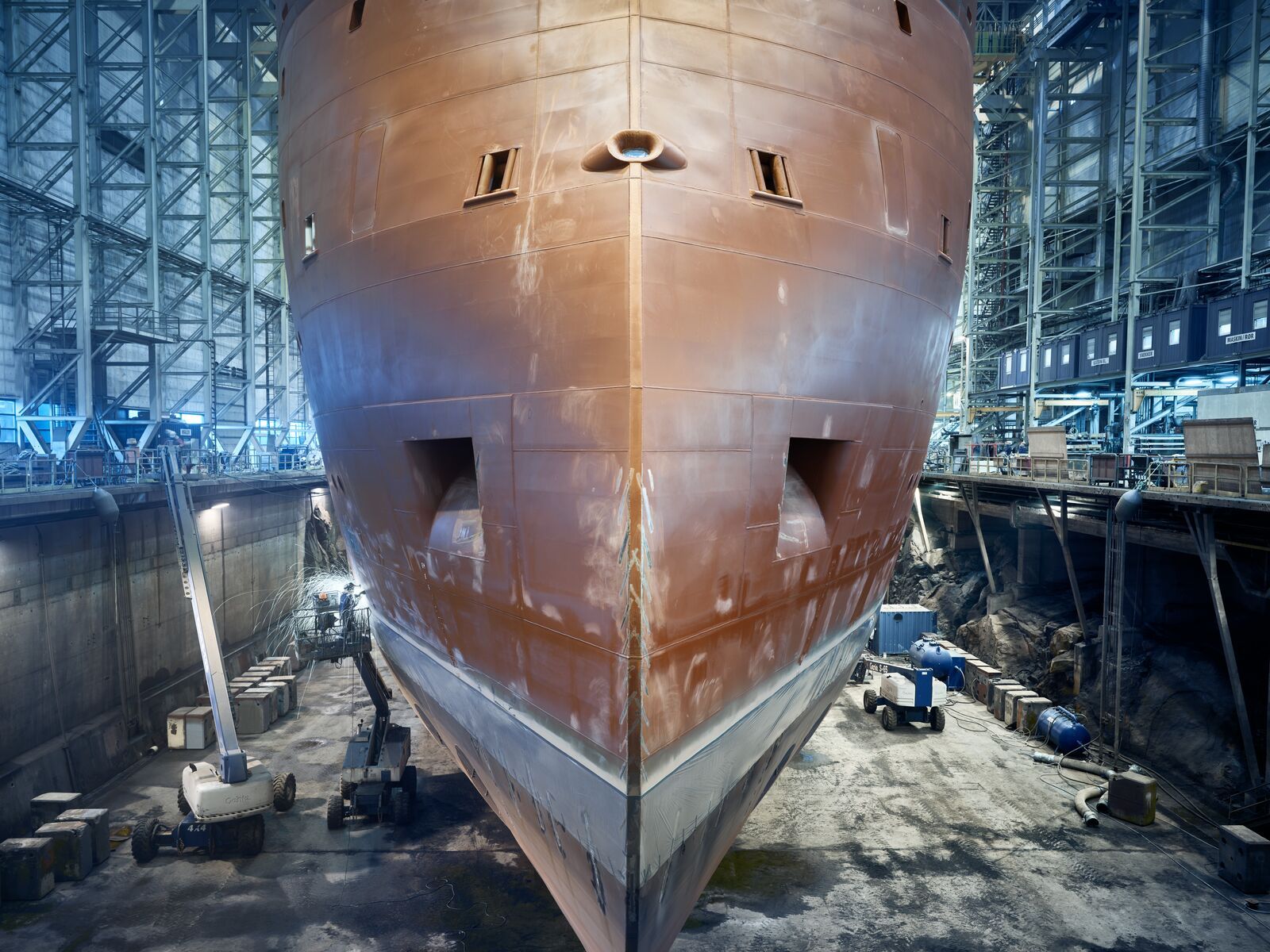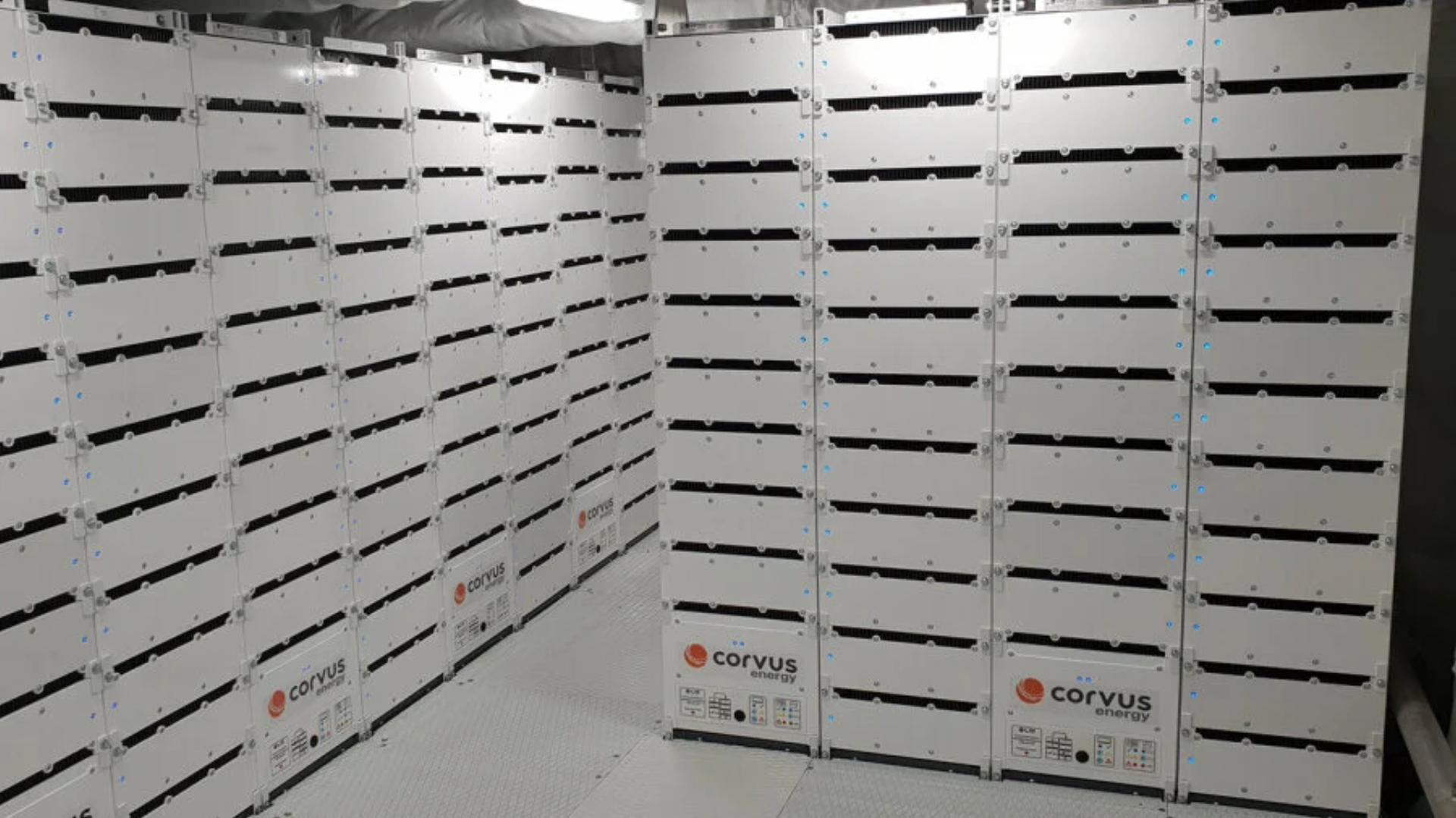Norwegian companies to build world’s largest electric vessel

The four Norwegian maritime companies involved are Corvus Energy, The Switch, Wärtsilä and Zinus, and the lightweight ferry will be built in Australia. The new contract illustrates Norway’s global leadership in electric passenger vessels, as well as low-emission vessels in general. Moreover, Norway has a complete maritime ecosystem and a national strategic initiative to boost green maritime exports.
“We have succeeded thus far because Norway has a complete maritime value chain for electric vessels,” states Ada Jakobsen, CEO of Maritime CleanTech, a leading industry cluster.
“We have everything from vessel design to green propulsion technology and system integration. We also engage the end user, which is often a public buyer,” she adds.
Collaboration is in Norway’s DNA
The Ro-Pax ferry project is the most recent example of Norway’s penchant for maritime collaboration.
“In Norway we have strongly benefited from cluster programmes and collaborations. There’s a Norwegian adage that goes ‘Collaborate when you can, compete when you must’,” states Fredrik Witte, CEO of Corvus Energy.
“Corvus is not driving the green transition alone; by working together across the maritime value chain to create synergies, we push boundaries and help the maritime industry to reach ambitious sustainability targets.”
Corvus Energy, a global provider of zero-emission maritime solutions, will supply the battery systems for the project. With more than 40 MWh of energy storage, it will be the largest battery system installed on board a ship – four times as big as the current largest installation.
The four contracted companies are located within 100 km of each other along Norway’s western coast. Close proximity and a shared maritime tradition facilitate easy collaboration among them. Based on prior cooperation, the project’s system integrator, Wärtsilä, brought in Corvus, The Switch, which will provide the converter system, and Zinus, which will deliver an autonomous cable handling system.

Collaboration spans hemispheres
By nature, maritime is a global industry, and Norway is always open to new international partnerships. In this case, the global partner is INCAT shipyard in Tasmania, which is building the vessel on behalf of its South American customer, Buquebus. The vessel will be the first fully electric ferry in South America, operating between Argentina and Uruguay.
“Norway is an open economy, and we are dependent on international collaboration. Collaboration is essential to our main mission of reducing maritime emissions around the world. Therefore, Corvus is strategically located around the world with 14 offices across three continents to be close to our customers and partners,” says Witte.
Norway’s green maritime successes are built on reaching across borders. In 2023, Norwegian ferry operator Norled began sailing MF Hydra, the world’s first zero-emission liquid hydrogen-powered ferry, built in collaboration with Danish, German and Norwegian partners.
A year earlier, the world’s first zero-emission fast ferry, MF Medstraum, began operating on a commuter route in Stavanger, Norway. The fast ferry was the outcome of the EU-funded TrAM project, facilitated by Maritime CleanTech.
Pioneering green, long-distance propulsion
International collaboration has led to huge leaps in green propulsion. Last year Corvus Energy launched its new hydrogen fuel cell system which arose from the H2NOR project, a collaboration started in 2021 between Corvus and Toyota, one of the world’s largest producers of hydrogen fuel cells.
First Toyota knocked on Corvus’s door, and then Norwegian partners Equinor, shipowners Norled and Wilhelmsen, and ship designer LMG Marin came on board. Maritime CleanTech and the University of South-Eastern Norway took part as well. The new proton exchange membrane (PEM) fuel cell system will be commissioned on the world's first zero-emission fishing vessel, MS Skulebas, in 2024.
Norway masters green ferry operations
When it comes to electric ferries, Norway’s operational experience is unrivalled. “Norway has already figured out the operational obstacles. We have a blueprint for future electric ferry projects, including for other countries with some national adaptations of course,” explains Jakobsen.
Key to optimal operations is vessel repowering options. “We are experiencing a shift in the market. We see a demand for solutions to keep green vessels sailing and reduce range anxiety. It’s not enough to electrify and decarbonise,” she says.
An important next-generation solution is the SHIFTR autonomous battery swap system. Soon to be launched in Oslo, SHIFTR enables seamless, zero-emission express boat operation. On fast ferry routes, a robot quickly replaces multiple batteries at the quay, eliminating the need for intermediate charging stops or timetable changes and ensuring uninterrupted ferry operations.
Green maritime gets high government priority
The Norwegian Government has launched a national export initiative on green maritime industry. This means, in part, that government support for the maritime industry underlies almost every green innovation. State-owned Enova, for instance, recently announced new funding of USD 113 million for hydrogen and ammonia-powered vessels. Innovation Norway and the Research Council of Norway provide extensive green maritime funding as well.
“The Norwegian Government has shown great willingness to support the green transition. Through funding and incentives, they have enabled quantum leaps in green technology,” says Witte.
“This has helped to push costs down. Investing in green technology is also good for the bottom line,” he concludes.
This article was first published in TradeWinds magazine in August 2024.
.jpg?auto=format&w=1920&q=75)


